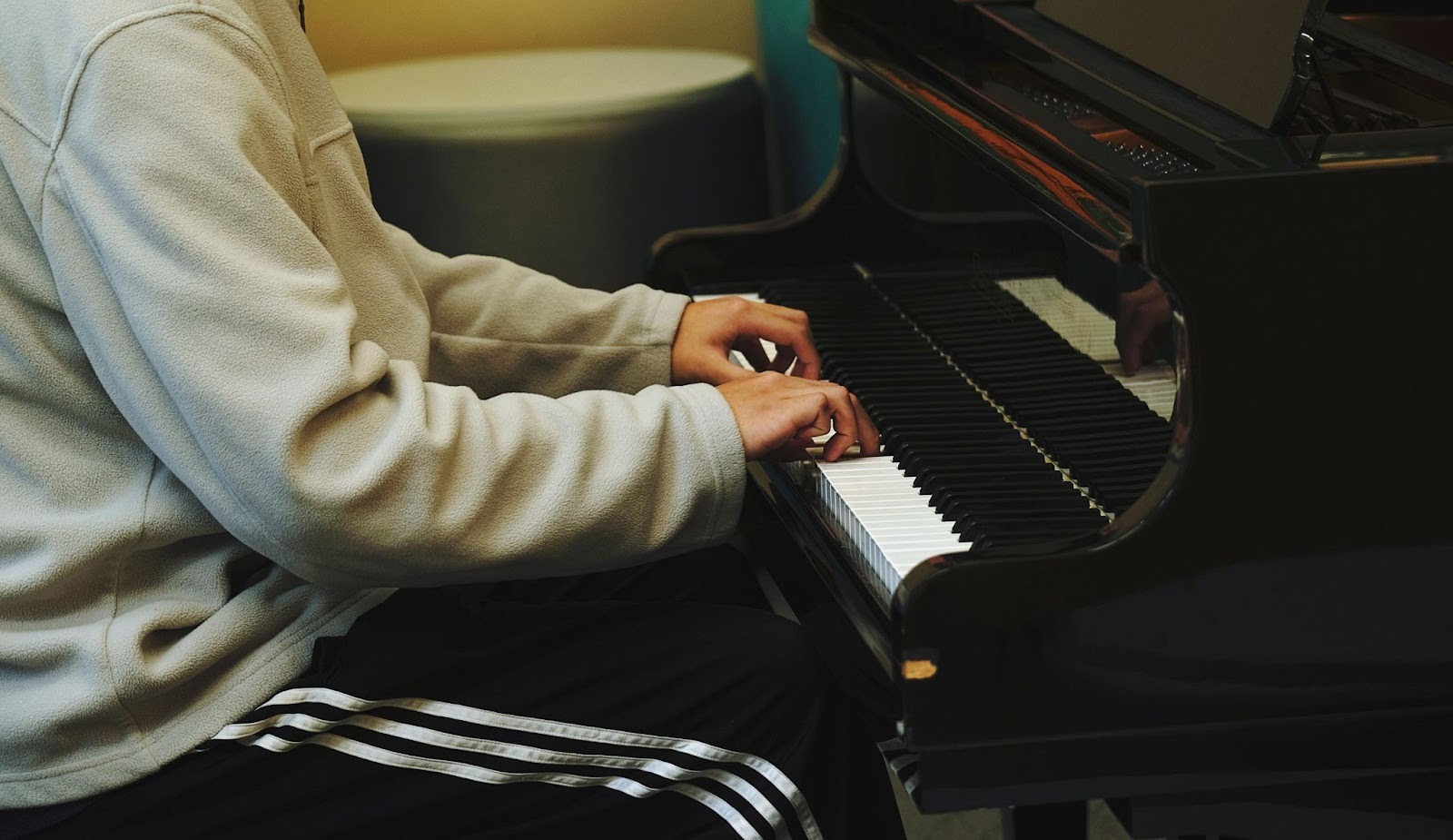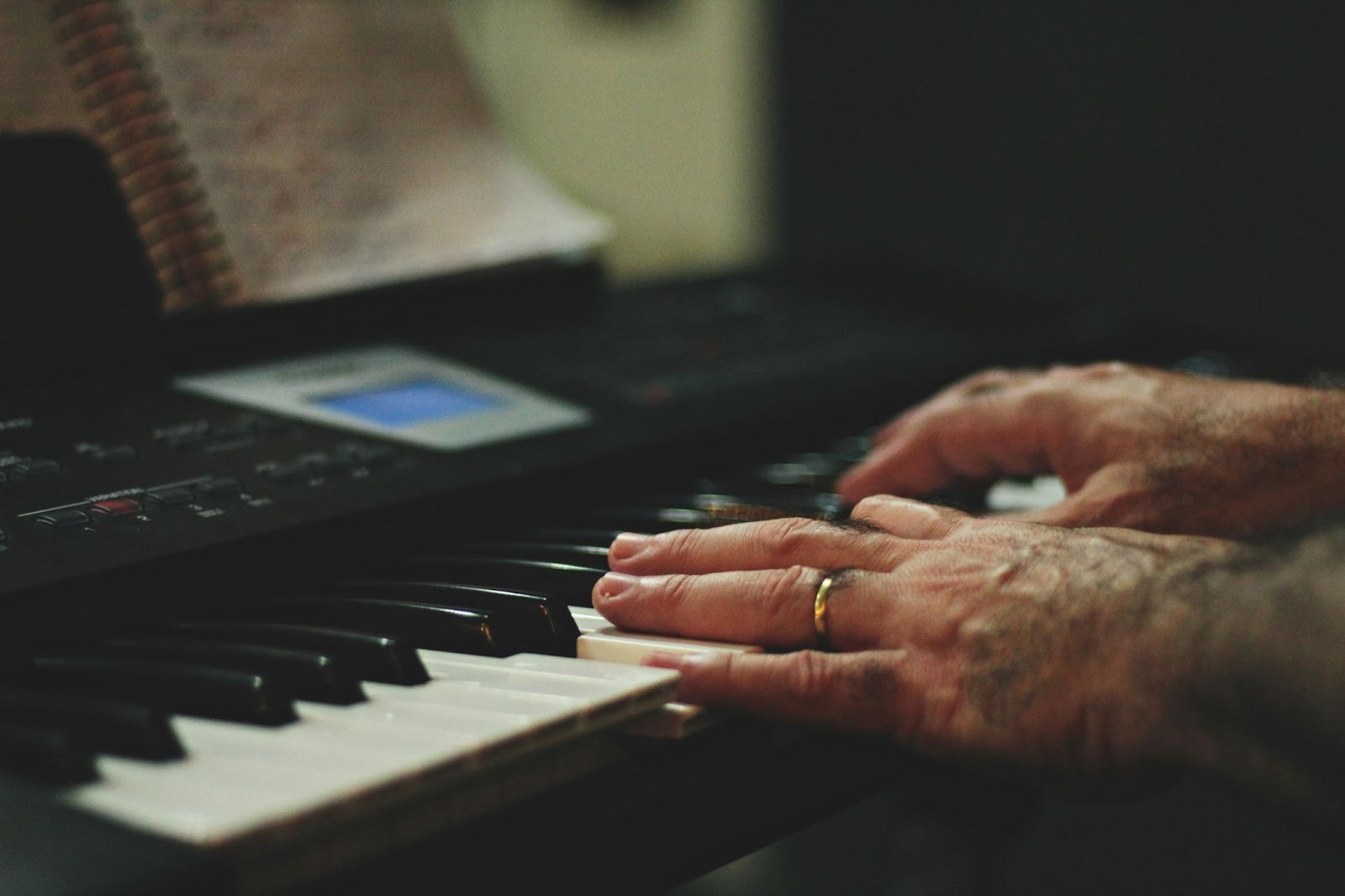Exploring the healing power of musical creation
Music has always had a way of reaching us when words fall short. It can calm, uplift, or even help us feel understood. But beyond its emotional pull, music is also being used as a clinical tool—one that helps patients heal, manage pain, and regain control in moments when they feel powerless. Enter music therapy. It’s an evidence-based practice that uses music to support a person’s physical, emotional, and psychological health. And within that field, one approach has drawn special attention: active music therapy.
Unlike passive listening, active music therapy asks you to join in—to pick up an instrument, sing, or create sound in some way. It’s less about performance and more about participation. Through that act of creation, patients tap into something uniquely human: the ability to express, connect, and find meaning through rhythm and sound.
To understand how this works, we’ll explore:
So… What exactly is active music therapy?
Active music therapy is exactly what the title deems it to be… an active way to listen to music. Instead of just listening, you are to participate in the process of creating. That process can be through playing an instrument or singing, or whatever, as long as it is you who has involved yourself in the creative and expressive process. The goal isn’t to perform well—it’s to engage directly with the music in a way that supports expression, movement, and connection.

Common forms of active music therapy include:
A licensed music therapist guides each session, tailoring the experience to the person’s needs and abilities. This approach can serve a range of goals: emotional regulation, pain management, motor coordination, or even social connection. The therapist helps translate emotion into sound, turning inner tension into something tangible and expressive. In practice, sessions often feel creative and spontaneous. Patients might explore rhythm, melody, or even write a short song to express what they’re going through. Making music helps organize thought, release emotion, and restore a sense of agency.
How does active music therapy work?
Active music therapy works because it engages the whole person through the act of creation. When someone sings, strums, or taps along, they’re not just making noise—they’re activating deep systems in the brain that process emotion, movement, and reward. Music isn’t just sound; its structure, patterns, tempo, and rhythm can regulate breathing, influence heart rate, and redirect attention away from pain or anxiety. What begins as play often turns into physiological balance.
On a neurological level, active engagement in music stimulates:
But the benefits aren’t purely biological. The creative process also reshapes how people relate to their experiences. Making music provides a sense of authorship—an emotional statement that says, This is mine; this is how I feel.
The therapist’s role is to facilitate that process. They may match the patient’s rhythm, echo their melody, or guide them toward reflection through sound. This mutual responsiveness creates a feedback loop: the patient expresses, the therapist mirrors, and meaning emerges in real time.
This can look like:
How does active music therapy change patients?

One of the clearest benefits is pain reduction. Some studies show that patients who actively sang, played instruments, or used music for relaxation and imagery were significantly more likely to experience real pain relief. The act of engagement seems to redirect focus, release endorphins, and restore a sense of control. However, there is much more it can do.
Active music therapy can help:
Which environments can I find active music therapy?
One of the best things about active music therapy is its diverse environments.

Some therapists even integrate technology to make music creation accessible to individuals with limited mobility. These innovations expand participation, proving that expression isn’t limited by ability.
Music therapy is not just a one-off, but has proven research!

Active music therapy is no longer viewed as an alternative treatment—it’s becoming a recognized part of integrated healthcare. Hospitals, rehabilitation centers, and mental health programs increasingly employ licensed music therapists alongside physicians, nurses, and counselors. The field has evolved from creative experimentation into an evidence-driven practice.
Music therapists today play a key role in:
As research continues, the value of active participation becomes clearer: healing often begins when patients are invited to create, not just receive.
Is music therapy right for me?
Ultimately, this question is up to you. It depends on a lot of factors. However, if you are looking for an alternative to the usual suspects, then music therapy has a lot of interesting aspects to consider. It is scientifically confirmed to have positive lasting effects and might offer a more enjoyable way to interact with therapy.
For more resources, check out the American Music Therapy Association for more information.